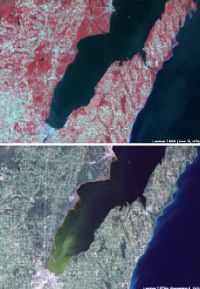
Home :: EOI :: SSEC :: LakeSat :: WisconsinView :: About :: Archives
Past ERSC News Items
|
Skip links bar.
Skip address and contacts.
Environmental Remote Sensing at the Space Science & Engineering Center :: University of Wisconsin-Madison
1225 W Dayton St, Floor 12 :: Madison, WI 53706
Website Questions: Sam Batzli :: Administrative Questions: Steve Ventura



Skip address and contacts.
Environmental Remote Sensing at the Space Science & Engineering Center :: University of Wisconsin-Madison
1225 W Dayton St, Floor 12 :: Madison, WI 53706
Website Questions: Sam Batzli :: Administrative Questions: Steve Ventura





